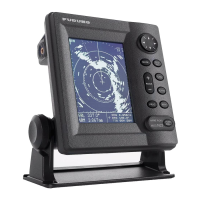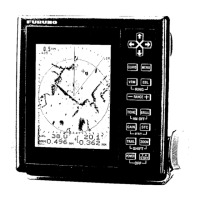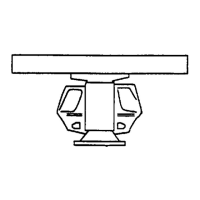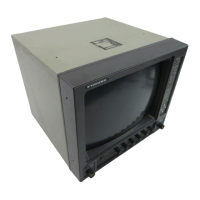How to fix Furuno Marine Radar control panel when it does not light?
- UusmithJul 26, 2025
If the Furuno Marine Radar control panel doesn't light, try these steps: * Adjust the PANEL DIMMER in the User menu. * Check if the battery is discharged. * Inspect the fuse to see if it has blown.








